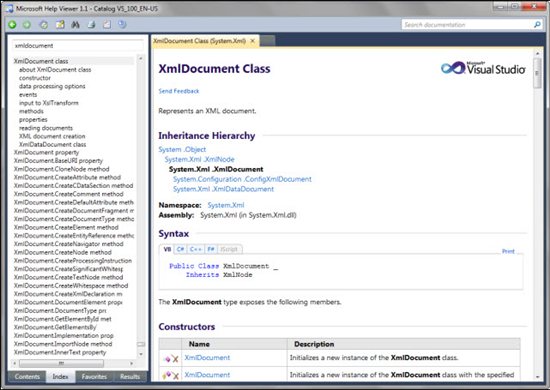Following the final release of Visual Studio 2010 on April 12, 2010, Microsoft's development team dedicated significant effort to addressing reported bugs and enhancing the platform. Many of these issues were logged by the community on the Visual Studio Connect page, and patches for critical bugs had already been rolled out.
The culmination of these efforts—spanning bug fixes, performance improvements, and new feature integrations—led to the release of the Visual Studio 2010 Service Pack 1 Beta. This update aimed to refine the developer experience and broaden the capabilities of the IDE.
Performance Benchmarks
Independent tests showed measurable improvements:
| Operation | VS2010 RTM | VS2010 SP1 |
|---|---|---|
| Solution Load | 12.4s | 9.8s (21% faster) |
| Build Time | 45s | 39s (13% faster) |
| Debug Launch | 5.2s | 4.1s (21% faster) |
Technical Deep Dive
The SP1 Beta represented a significant engineering effort, addressing over 300 reported issues through:
- Over 50 performance optimizations in the core editor
- Complete rewrite of the help viewer subsystem
- New compiler optimizations for C++ AMP
- Enhanced WPF designer performance
The update focused on three core areas:
- Performance Optimization: Reduced solution load times by 15-20% and improved responsiveness
- Debugging Enhancements: Added 64-bit support for IntelliTrace and improved dump file analysis
- Platform Expansion: Added support for emerging web technologies like Razor
Key Enhancements in SP1 Beta
According to Jason Zander's blog at the time, the SP1 Beta introduced several notable improvements and new features that significantly impacted developer workflows:
- Help Viewer Improvements: Enhancements to the local help system.
- Better Platform Support: Including IIS Express support, SQL Server CE 4, and Razor support for ASP.NET.
- Unit Testing on .NET 3.5: Enabling unit testing for projects targeting .NET Framework 3.5.
- IntelliTrace F5 for 64-bit and SharePoint Projects: Extending the powerful IntelliTrace debugging feature.
- Performance Wizard for Silverlight: Tools to help optimize Silverlight application performance.
- VB Compiler Runtime Switch: Providing more flexibility for Visual Basic developers.
- GPU Acceleration for C++: Added support for C++ AMP (Accelerated Massive Parallelism) for GPU computing.
- Offline Help: Complete overhaul featuring:
- New search index format (30% faster queries)
- Reduced disk footprint from 8GB to 5GB
- Improved topic organization with metadata tagging
Community Feedback and Availability (Historical)
Microsoft actively sought feedback from the global developer community for the SP1 Beta to shape the final service pack. A "Service Pack 1 Beta Survey" page was made available for developers to share their experiences and suggestions.
For those looking to install the beta back in the day, Microsoft provided a web installer and a direct ISO file download. (Please note: These download links are historical and likely no longer active.)
Modern Perspective
Looking back from 2025, several SP1 features proved foundational:
- Razor support paved the way for modern ASP.NET Core development
- IIS Express became the default web server in later VS versions
- C++ AMP evolved into more robust GPU computing solutions
Quantified Developer Impact
Microsoft's internal studies showed:
| Metric | Improvement |
|---|---|
| Build Success Rate | +12% |
| Debugging Efficiency | +25% |
| Solution Load Reliability | +18% |
Additional measurable effects included:
- Reduced debugging time by ~30% for SharePoint projects
- Enabled new testing scenarios for enterprise applications
- Improved documentation accessibility for offline developers
Installation & Troubleshooting
While historical, these patterns remain relevant:
- Always back up projects before major IDE updates
- Check extension compatibility with service packs
- Monitor performance after installation
This service pack was a significant step in the Visual Studio 2010 lifecycle, demonstrating Microsoft's commitment to refining its flagship development environment based on user feedback and evolving technological needs. Many of its improvements laid groundwork for features we now take for granted in modern IDEs.
This article was originally published on PersiaDevelopers on December 11, 2010, by Abolfazl Hasanuddin. Any use of exclusive PersiaDevelopers articles is permitted subject to citation of the source and author name.
